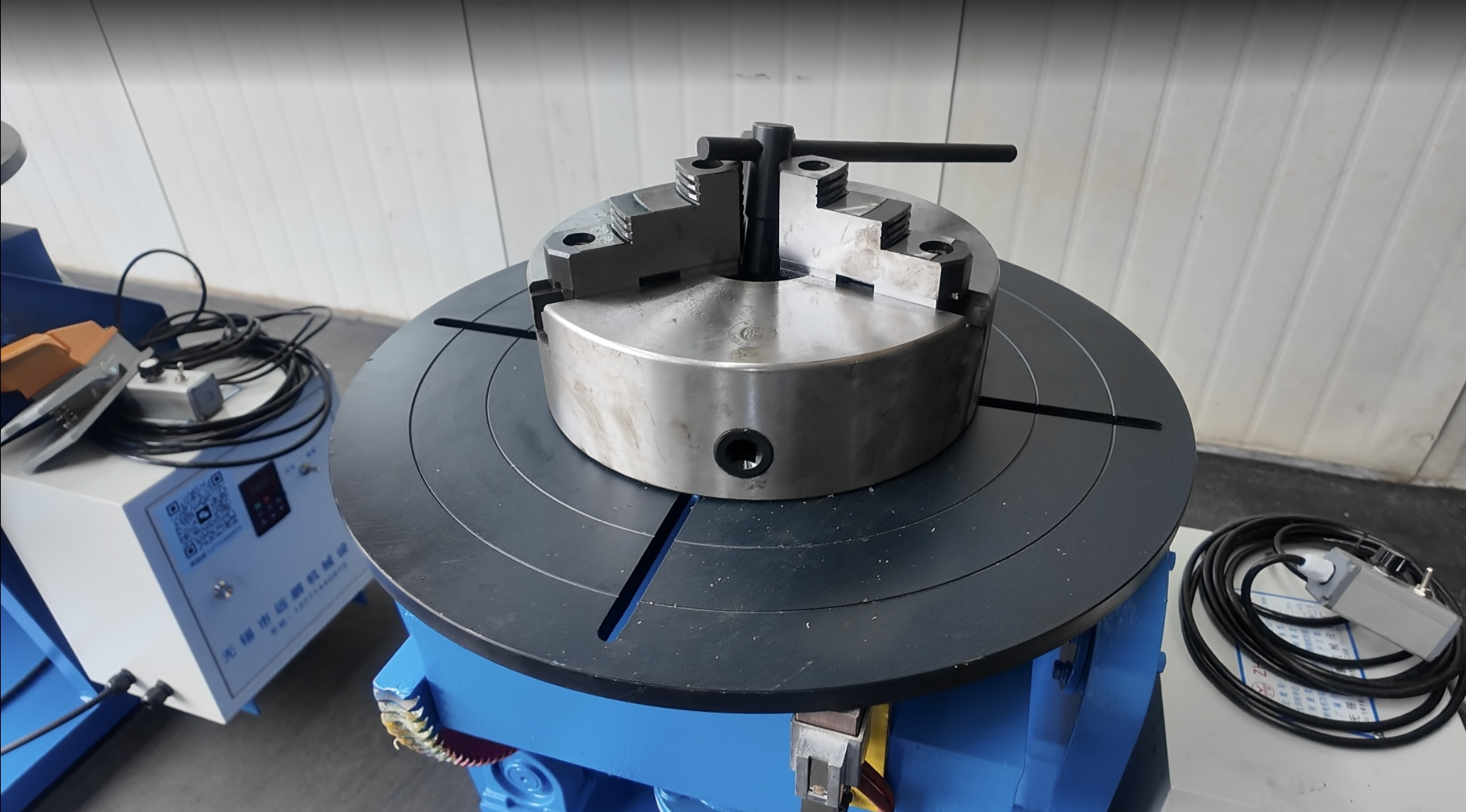Navigating the Spectrum of Mechanical Ventilation: Understanding Its Diverse Types and Applications
Mechanical ventilation is a critical component in modern medicine, particularly in the management of patients with respiratory failure. It serves as a life-saving intervention that supports or replaces spontaneous breathing. As healthcare professionals and researchers continue to advance in this field, understanding the different types of mechanical ventilation becomes essential for optimizing patient outcomes. This article delves into the various types of mechanical ventilation, their mechanisms, indications, and clinical applications, providing a comprehensive overview for healthcare providers and students alike.
- Overview of Mechanical Ventilation
Mechanical ventilation can be broadly categorized into two main types: invasive and non-invasive ventilation. Each type has its unique applications, benefits, and limitations, making it crucial for clinicians to select the appropriate mode based on the patient's condition.
- Invasive Mechanical Ventilation
Invasive mechanical ventilation involves the use of an endotracheal tube or tracheostomy to secure the airway. This method is typically employed in patients with severe respiratory distress, where non-invasive methods are insufficient. The primary modes of invasive mechanical ventilation include:
a. Volume-Controlled Ventilation (VCV)
In volume-controlled ventilation, a preset tidal volume is delivered with each breath. This mode ensures consistent ventilation but may lead to complications such as barotrauma if lung compliance changes unexpectedly. VCV is often used in patients with stable lung mechanics.
b. Pressure-Controlled Ventilation (PCV)
Pressure-controlled ventilation delivers breaths at a preset pressure, allowing for variations in tidal volume based on lung compliance. This mode is beneficial for patients with acute respiratory distress syndrome (ARDS) or those with compromised lung mechanics, as it reduces the risk of over-distension.
c. Assist-Control Ventilation (ACV)
Assist-control ventilation combines both mandatory and spontaneous breaths. The ventilator delivers a set number of breaths, but the patient can initiate additional breaths. This mode is advantageous for patients who may have fluctuating respiratory drive, ensuring adequate ventilation while allowing for patient participation.
d. Synchronized Intermittent Mandatory Ventilation (SIMV)
SIMV allows for a combination of mandatory and spontaneous breaths, synchronizing the ventilator's mandatory breaths with the patient's efforts. This mode is often used during weaning from mechanical ventilation, as it encourages spontaneous breathing while providing support.
- Non-Invasive Mechanical Ventilation
Non-invasive mechanical ventilation (NIV) is increasingly utilized in clinical practice, particularly for patients with chronic obstructive pulmonary disease (COPD) exacerbations or acute respiratory failure without the need for intubation. The primary modes of NIV include:
a. Continuous Positive Airway Pressure (CPAP)
CPAP delivers a constant level of positive pressure throughout the respiratory cycle, preventing airway collapse and improving oxygenation. It is commonly used in patients with obstructive sleep apnea and can also be beneficial in managing pulmonary edema.
b. Bi-Level Positive Airway Pressure (BiPAP)
BiPAP provides two levels of pressure: a higher inspiratory pressure and a lower expiratory pressure. This mode is particularly effective for patients with respiratory failure, as it enhances ventilation and reduces the work of breathing. BiPAP is often used in cases of acute exacerbations of COPD and in patients with neuromuscular diseases.
- Advanced Modes of Mechanical Ventilation
Recent advancements in mechanical ventilation technology have led to the development of more sophisticated modes designed to optimize patient care. These include:
a. Adaptive Support Ventilation (ASV)
ASV is an intelligent mode that automatically adjusts ventilatory support based on the patient's respiratory mechanics and effort. It continuously monitors the patient's breathing patterns and adapts the ventilatory settings accordingly, making it suitable for a wide range of patients.
b. High-Frequency Oscillatory Ventilation (HFOV)
HFOV delivers very small tidal volumes at high frequencies, minimizing lung injury while maintaining adequate gas exchange. This mode is primarily used in pediatric patients with severe ARDS or in cases where conventional ventilation has failed.
- Conclusion
Understanding the different types of mechanical ventilation is crucial for healthcare providers in delivering effective respiratory support. Each mode has its specific indications, benefits, and potential complications. As technology continues to evolve, the integration of advanced ventilation strategies will further enhance patient care, allowing for tailored approaches that meet individual needs. By staying informed about the latest developments in mechanical ventilation, clinicians can improve patient outcomes and contribute to the ongoing advancement of respiratory medicine.

Average Rating